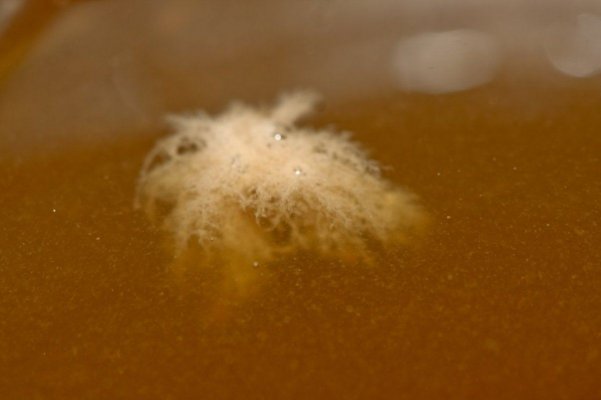squiggly
- 3,277
- 263
I have a Q for ya Cap
I been brewing my teas for 18 to 24 hrs (love it by the way) and Im trying to schedule myself to be able to be at the grow a few less days a week. Im wondering if it will be good if I brew my teas for 48 hrs instead of 24.
Is there any pros or cons for shorter longer brew times
Thanks in advance
The shit is the shit
If you go for 48 I'd recommend feeding a bit more molasses @ or near the 24 hour mark.
You don't want to overfeed to begin or you'll create a foothold for anaerobes--but the good bennies will deplete the sugar VERY quickly (more quickly than you'd think) and will immediately begin dying when the food runs out (providing yet another foothold for anaerobes).
This is how I do it, and I end up with great results.
Typically I'll let my tea go for 24 hours and then I'll give it another TBS or two of molasses and drop in a chunk of a mosquito dunk at that time and some VERY VERY VERY dilute sea green.
(For a 5gal tea)






